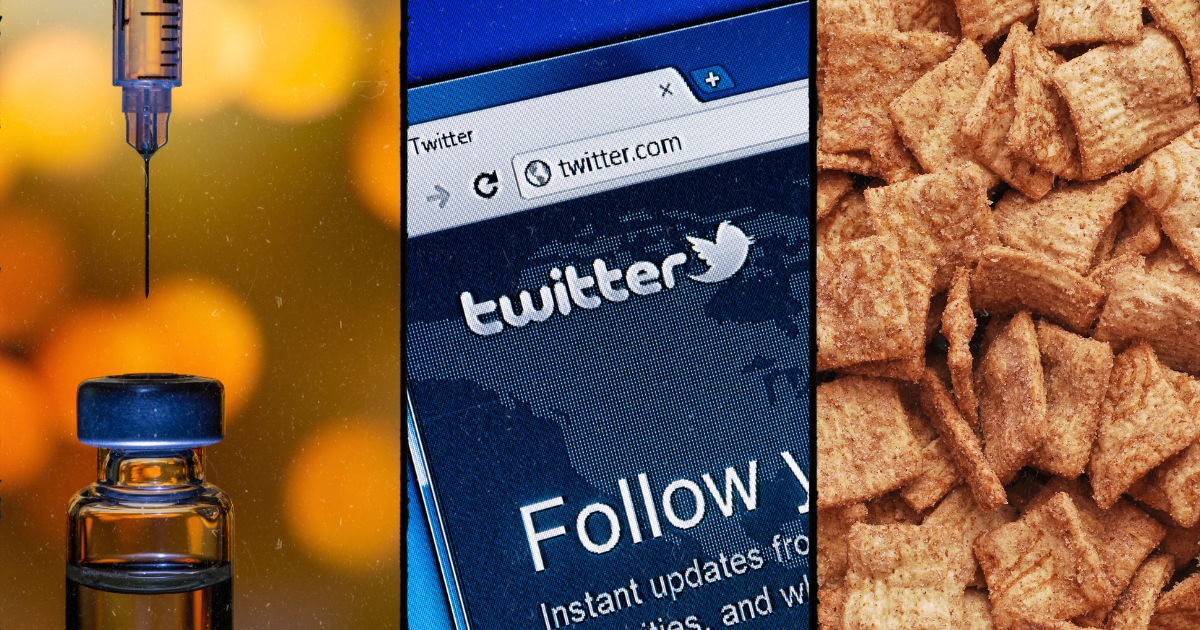Digital Age Crisis Lessons #7: Less Is More in Public Apologies

The artful re-arrangement of KFC’s brand name as ‘FCK’, presented in advertisements as an apology for the lack of chicken in its UK restaurants, is one of the most decorated marketing campaigns of recent times.
Among its collection of awards is a Golden Lion from the Cannes festival.
A chain of fried chicken shops with a prolonged absence of chicken could have been a disaster for the company’s reputation and brand loyalty.
Instead, its funny and authentic response was recognized and applauded by its young, hip consumers, who only felt more loyal to the brand as it bounced back from the supply problems.
Sanofi also understood that nowadays you must be brief and smart to break through the clutter and deliver a message that people will hear and own.
When Roseanne Barr faced backlash for a series of racist tweets, she blamed the effects of the sleep drug, Ambien.
Sanofi’s tweet in response was short and perfectly formed:
“People of all races, religions and nationalities work at Sanofi every day to improve the lives of people around the world. While all pharmaceutical products have side effects, racism is not a known side effect of any Sanofi medication.”
Despite these two outstanding examples, others are still learning the lesson that a long, detailed response to a reputation threat will not be heard and will be ineffective in winning people over to your version of the narrative.
In response to the Deepwater Horizon tragedy, in which many lives were lost on the stricken oil rig followed by a catastrophic spoiling of hundreds of miles of Gulf coastline, media reports estimated that BP spent $100m in advertising during the four months of the spill alone.
Not only did the huge spending not reverse the loss of trust in BP, it led to accusations that the global oil giant was wasting money which would be better spent on clean-up and to compensate people on the Gulf whose businesses were decimated by the environmental disaster.
It also led to activists and protestors parodying the ads so effectively, that you had to read carefully to understand that this was not a BP corporate message!
We all suffer from an information overload in the digital age.
There are more platforms, alerts, news sources and commentary on blogs than ever before.
During and after a crisis, when it really matters that your message is heard and understood, you must resist the urge to say too much.
In this context, less is truly more.
This is #7 in an occasional series of blogs under the overall theme of ‘The Ten Digital Age Crisis Management Lessons for Everyone’.
In our next blog in this series, Lesson #8 focuses on employees as one of your greatest assets during a crisis.
Find the #1 lesson here.
Find the #2 lesson here.
Find the #3 lesson here.
Find the #4 lesson here.
Find the #5 lesson here.
Find the #6 lesson here.










